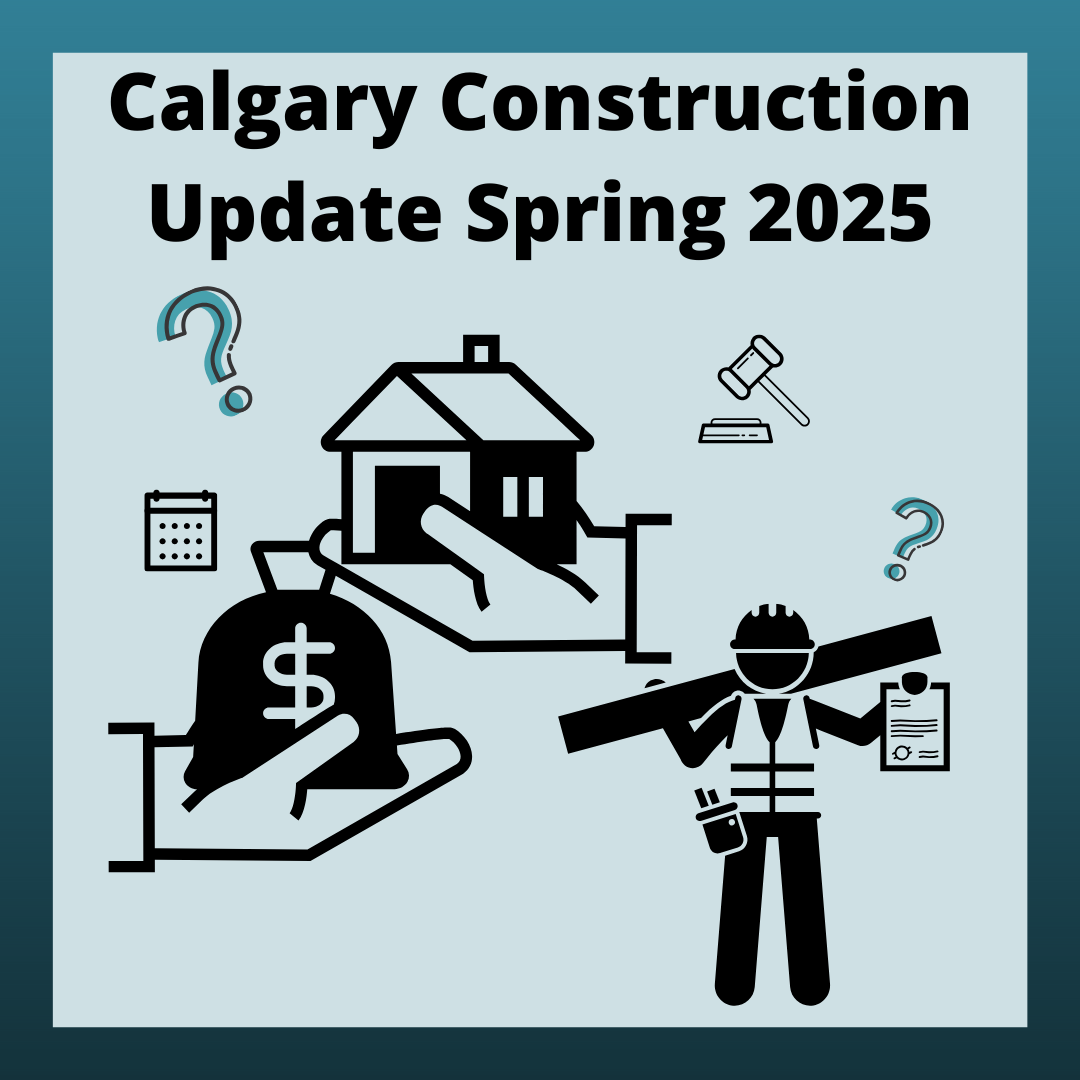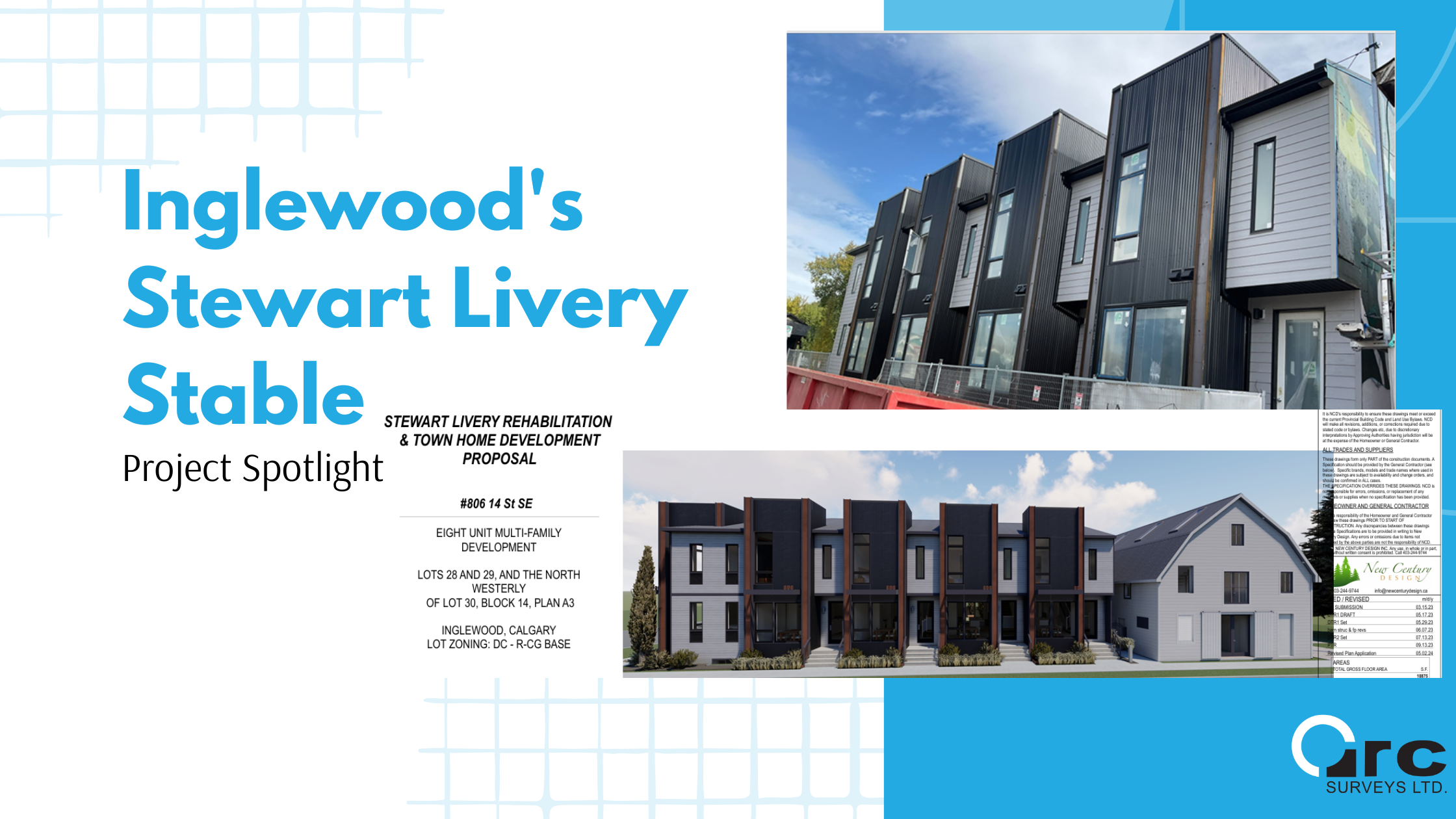As the spring sun warms the frozen winter ground and construction crews ramp up activity across Calgary, there’s no denying the momentum we’ve built together in recent years. In 2024 alone, the City processed a record 18,168 residential building permits, reflecting not just demand, but the adaptability and drive of Calgary’s building community.
Single-family home permits surged by 22%, townhomes and rowhouses climbed 28% while permits for secondary suites and multi-family dwellings hit new highs. It’s clear: the call for diverse, affordable housing is louder than ever, and Calgary is the best place to build. But as any seasoned professional in this industry knows, success in construction is never without its challenges.
City Council Split on Development Permit Appeal Process in 6–6 Vote
On May 6, Calgary City Council voted on a proposed amendment to the Land Use Bylaw 44P2025 which ultimately failed in a 6–6 tie. The amendment aimed to clarify inconsistencies in how development permit appeals are handled between municipal and provincial jurisdictions. The debate has sparked interest among developers and community members alike, particularly in light of recent blanket rezoning changes across Calgary. Under the current bylaw, there is a mandatory 21-day waiting period before a development permit can be released if an appeal is filed. The Development Authority must approve the permit but cannot issue it to the applicant until any appeal is fully resolved by the provincial Appeal Body.
This process has created confusion. While some believe construction should be allowed to begin while an appeal is underway, the bylaw appears to blur the lines between the responsibilities of the Development Authority and the authority of the provincial Appeal Body. In reality, it’s the Appeal Body, not the City, thathas the legal power to grant or deny a stay of construction during the appeal process.
Despite the controversy, the practical impact of this vote is expected to be minimal. In 2024, only four development permit appeals were filed; three were dismissed for not meeting legal requirements for a meritorious case. While more appeals may arise following city-wide rezoning, decisions about proceeding with construction during an appeal should remain between the developer and the Appeal Body not the City, which has no jurisdiction over the appeal process.
Tariffs: The Elephant in the Lumber Yard
While our hammers are swinging and our plans are being approved faster than ever thanks to the city’s aggressive growth strategy, there’s another story unfolding that has the potential to directly impact your costs and timelines: U.S. tariffs .And while many may see this as just another geopolitical headline, those of us in homebuilding know the real-world implications are far more personal and financial.
Calgary has been ranked the second most trade-exposed city in Canada, trailing only Saint John, N.B. That means these tariff disputes hit close to home, particularly in sectors like construction, agriculture, energy, and manufacturing. And if you’re building here, that exposure is going to show up in your material costs.
One of the most concerning developments is the looming increase in anti-dumping duties on Canadian softwood lumber. The U.S. Department of Commerce has signaled it will raise levies from 14.5% to a staggering 34.45% later this year. If you’re framing homes or running a renovation business, you already know what that means: another jump in lumber prices.
Since the pandemic, lumber prices have been volatile and still remain 125% to 200% higher than pre-2020 levels, adding about $20,000 to the cost of a typical single-family home. Factor in higher costs across other materials, which have risen 4–5% on average, and the math gets heavy fast. New homes are carrying $40,000–$50,000 in additional input costs compared to just a few years ago.
But even before the pandemic, the Canadian lumber industry struggled for years; with many towns seeing large lumber mill shutdowns because of market volatility affecting hundreds of families and the economy of many small-town communities. Since 1982 there have been four Softwood Lumber Agreements drafted in an attempt to balance the US demand with the oversupplied Canadian market. With so many companies now invested in processing lumber south of the Canadian border these upcoming tariffs could widen that margin further. However, on a positive note, January 2024 reports show North American benchmark lumber prices rose in Q4, translating to an improvement in financial results for Canadian lumber producers and setting the foundation for a strong response to the looming threat of US tariffs.
So, What Can Builders Do?
The City of Calgary is doing its part by improving permit processes, fast-tracking approvals, and supporting builders through programs like the Expedited Review for Builders and 30-60-90 timelines for residential improvement projects. These changes help reduce carrying costs and improve time-to-market, giving you more room to manage cash flow and material cost increases. At the same time, industry organizations like BILD Calgary Region and the Canadian Home Builders’ Association are actively advocating at the federal level to push back against these tariffs and highlight their impact on affordability and supply.
As business leaders, we must also be proactive. This may be the year to revisit your supply chain, consider forward-buying key materials, or explore alternative construction methods and materials to hedge against lumber volatility. It’s also a moment to speak up. Whether you’re a small-volume builder or a large-scale developer, your voice matters in the conversation about Canada’s trade future. These tariffs not only raise the cost of doing business, but they also directly undermine our collective effort to make housing affordable in a city experiencing historic population growth.
Looking Ahead
For the City of Calgary, one flagship project moving forward is breaking the wave of tariffs first: The new Scotia Place arena. The project is on track and on budget; with almost all of the excavation completed the crew has begun installing rebar panels and pouring concrete. The project has reached 30% commitment in terms of procurement, and in February awarded an $80-million contract to Canadian supplier Walters for raw steel fabricated in Hamilton, Ont that is sourced from Europe.
For those of us that are still trying to manage the uncertainty, we have a few helpful resources:
- Ensure your voice as a business owner is heard: Take the City of Calgary Tariffs Business Impact Survey to tell our local government what matters most to you so they can develop the initiatives that will have the most impact in our business community. While it may seem insignificant, the data captured from surveys like this helps guide policy and planning to support continued growth and development for your business.
- Review the Calgary Chamber of Commerce Survey March 2025 to learn more about the impacts expected by Calgary businesses.
- Stay tuned for updates from the Government of Alberta, which has indicated it will enter free trade and mobility agreements with any other willing Canadian provinces and territories. The City of Calgary is at work developing resource lists for alternative products as well as any potential exemptions that may be announced in coming weeks while coordinating with other regions to reduce inter-provincial trade barriers and increase labour mobility.
- While the local municipality does not expect to provide direct financial relief, BDC has responded with a Pivot to Grow loan for businesses impacted by US tariffs. They are also offering discounted financial coaching specifically designed to help Tradesmen assess cashflow and plan for resilience.
- In the interim, Ryan Morstad of Goodfellow & Shuett Law wrote a helpful guide on how to update contracts when forecasting for uncertain markets: Managing Tariff Risk Using Standard Form Contracts During Non-Standard Times
Calgary remains one of the most construction-friendly municipalities in the country, with faster approvals and a collaborative relationship between industry and City staff. We’re building more homes per capita than any other large Canadian municipality, and that’s something to be proud of. 2025 will test our resilience, adaptability, and collective problem-solving. Now more than ever, builders must work together to continue pushing for innovation, affordability, and smart policy, while keeping a close eye on what’s coming across the border.
Let’s keep the conversation going and keep Calgary building strong. Wishing you a productive and prosperous building season!





